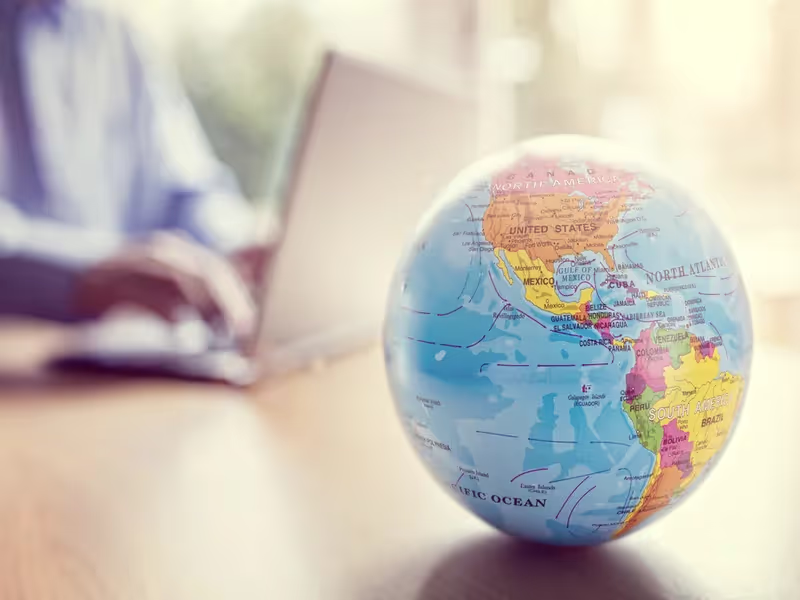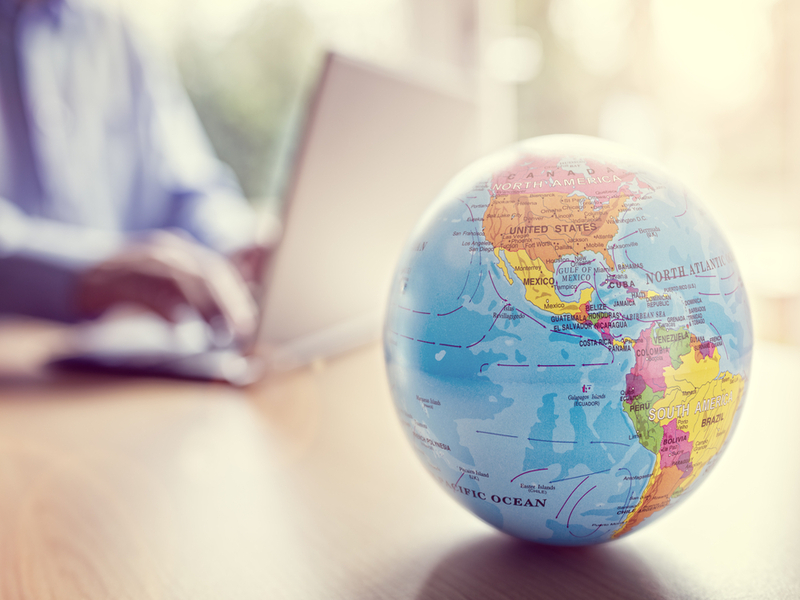All about cross border: ecommerce, logistics, payments and more

Check out data about the cross border in Brazil and find out how to sell products to customers in other countries by accepting local payment methods.

Cross border is a trade modality that redefines borders. The term can be translated as cross-border trade and basically consists of selling products to another country. Cross border ecommerce is a trend that has strengthened after 2020, when more people joined e-commerce due to social isolation. Keep reading and find out how to access international markets through this modality.
Ecommerce cross border Brazil: the latest data
More competitive prices, availability of new products and the growing presence of foreign brands in online advertisements or even on television are some of the reasons that explain the interest of Brazilian consumers in cross border e-commerce. Not to mention the ease of purchase abroad: many foreign virtual stores have payment solutions with integrated FX, which already show the consumer the price converted to the real.In 2022, cross-border ecommerce was the choice of 72% of Brazilians interviewed by NielsenIQ Ebit for the Webshoppers 47 report. This was the highest percentage verified since the study began to be developed in 2013. Considering that over 108 million people shopped online last year, that's a pretty impressive number. The frequency with which Brazilians shopped in international online stores also increased. Last year, 15% of consumers made more than 10 cross-border purchases. The highest percentage - 38% - corresponds to respondents who made between 2 and 3 purchases throughout 2022.
Cross border commerce and delivery logistics
Correios has also already detected cross-border e-commerce as a trend and has been mobilizing to meet the growing demand. The company implemented a feature in its Correios Digital app that allows paying taxes and other fees, as well as postal delivery.The postal dispatch is the amount paid to Correios for providing support services to customs treatment activities. It covers the costs of processing and returning the order when the recipient does not pay the taxes. As a result of the new import model, all international orders are subject to a charge for this service.Below we share some tips on tracking international parcels:
Shipping code
It is very important to ask the customer to keep the shipping code and to track it frequently on the Correios website to check the status of the package, in order not to miss the deadline for payment of the postal order and other charges. If this deadline is missed, the package will be returned to the sender.When the customer opts for free shipping, which has a code starting with the letters “R” or “U”, the deadline can be up to 40 working days. In the option starting with “U”, the parcels do not have tracking. The prime service offers a period of up to 12 business days after arrival in the country. There is also Correios Packet, with a period of up to six days. In the meantime, keep receipts and route information for the ordered product.
Rate
There is a single fee for postal dispatch, with a value of R$ 15.00, but there is always the chance of incurring tax on the order, which – in some cases – may even be higher than the value of the product, according to customs rules.
Who to talk to if there is a problem?
Although there is no consensus on the issue, the Consumer Protection and Defense Code points responsibility to the purchase site, in solidarity with the Post Office. These, in turn, claim to only reimburse the shipping fee and related taxes.
Cross border: what it takes to sell outside Brazil
Just as Brazilian consumers show great interest in products sold by crossboarders from other countries, it is also possible to do the opposite: selling Brazilian products to customers all over the world. Cross commerce can be done through marketplaces - such as Amazon Seller Central - which makes the cross border process simpler. Just register, upload the products and send them to an Amazon bonded warehouse, which takes care of everything else until delivery to the customer. With the products sold, you can easily receive the funds in your country and currency. The most modern Mass Payments (Payouts) solutions are able to process individual or mass payments in Brazil 24 hours a day, 7 days a week and instantly.
Cross border payments: sale to Brazilians accepting all local payment methods
Accepting Pix and making international purchases in installments are two fundamental specifications for an x-border ecommerce to be successful in Brazil. It is also necessary to consider the unbanked population, which has a bank slip as an alternative to make payments.It is not enough just to employ marketing resources to reach this audience: it is necessary to facilitate the conversion until the time of closing the cart, offering a wide range of means of payment appropriate to the local culture. Otherwise, all investment will be in vain.With the payment provider Bexs, your ecommerce has an interface with local acquirers and access to Brazilian payment methods, with integrated payment processing and FX platform, showing online exchange rates in real time. A clear shopping experience for the user and practical for the shopkeeper, who receives the value of sales anywhere in the world. Talk to our experts!Published on July 11, 2022Updated April 25, 2023


